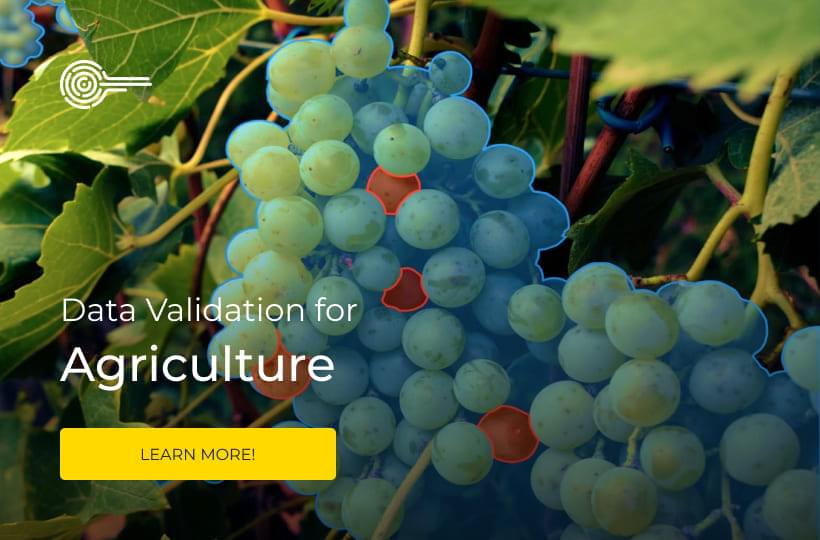Implementing Active Learning Strategies: Label Smarter, Not Harder

Instead of randomly labeling a large dataset, active learning helps identify the most informative data points, reducing the overall labeling effort and improving model performance. Compared to traditional supervised learning, where all data points are labeled before training, active learning allows the model to request labels for only the most uncertain or influential samples iteratively.
This means fewer resources are wasted on redundant or less informative data, resulting in faster learning and better accuracy with less labeled data. Strategies such as uncertainty sampling, diversity sampling, and committee query ensure that the samples selected contribute significantly to the model training process.
Key Takeaways
- Active learning reduces the amount of labeled data required for practical model training.
- Uncertainty Sampling and Least Confidence Sampling are instrumental in identifying key data points.
- Strategic data selection enhances model accuracy and generalization capabilities.
- Incorporating human expertise in data annotation improves the learning process.
- Active learning is cost-effective and efficient in training AI models with limited labeled data.

What Are Active Learning Strategies?
- Uncertainty Sampling: This strategy involves selecting data points where the model is most uncertain about its predictions. The idea is that by labeling these uncertain examples, the model can improve the most.
- Query by Committee (QBC): In this approach, multiple models (or a committee of models) are trained on the same dataset. The data points that show the most significant disagreement between the models are chosen for labeling, as these are considered the most informative for improving the model.
- Diversity Sampling: This strategy selects data points that are diverse or representative of different areas of the feature space, ensuring that the labeled data covers a broad range of scenarios.
- Density-Weighted Methods: This approach labels uncertain data points in dense data distribution regions. The idea is that labeling points from high-density areas will better capture the underlying data structure, which can lead to faster and more accurate model learning.
Common Misconceptions
Several common misconceptions about active learning can lead to misunderstandings about its effectiveness and implementation. One of the biggest misconceptions is that active learning eliminates the need for manual annotation. While the number of labeled examples required is significantly reduced, it still relies on human experts to provide labels for selected samples. The goal is to optimize labeling, not to obliterate it.
Another misconception is that active learning only works well for small datasets. While it is beneficial when labeling is expensive or data is limited, it can also be helpful for large datasets by focusing efforts on the most valuable samples. Applying active learning to large-scale machine-learning problems can lead to significant cost savings and better model performance.
Active learning is complex and difficult to integrate into existing machine learning workflows. Although it requires additional solutions, modern libraries, and frameworks simplify the implementation. Many active learning techniques can be applied with minimal modifications to standard learning pipelines, allowing more brilliant labeling strategies to be adopted without completely revamping their processes.
Cognitive Theories Supporting Active Learning
Active learning is supported by several cognitive theories that explain why selective and focused learning leads to better results. One of the most relevant theories is constructivism, which suggests that learners actively build knowledge rather than passively absorb information. In machine learning, this aligns with the idea that models learn more efficiently when they are exposed to the most informative data points rather than random examples. By selecting uncertain or diverse samples, active learning ensures that the model constantly works with new and complex information, just as humans learn best when faced with problems that require critical thinking.
Another key theory is the Zone of Proximal Development (ZPD), proposed by psychologist Lev Vygotsky. The ZPD states that optimal learning occurs when tasks are neither easy nor difficult but within the range of a learner's potential development. Active learning mimics this by choosing data points where the model is uncertain - cases that are not too obvious but not entirely outside the model's ability to learn. By focusing on these "just right" examples, the model can gradually expand its understanding in an efficient way, much like a human learner benefits from progressively more challenging tasks.
Case-Based Learning
Case-based learning (CBL) is an approach that involves using real-world scenarios or case studies to develop problem-solving skills. Instead of relying solely on abstract theories or broad datasets, CBL focuses on specific cases that provide meaningful context, making it a practical human and machine learning strategy.
In machine learning, case-based learning is reflected in active learning strategies prioritizing labeling the most relevant and informative data points. By selecting uncertain or diverse examples, the model is exposed to key instances that help improve its ability to generalize across different scenarios. This approach ensures the learning process is efficient and adaptive, focusing on the most compelling cases rather than labeling vast amounts of redundant data. Just as human learners benefit from working on case studies, machine learning models improve more effectively when trained on well-chosen examples.
The advantage of case-based learning is that it promotes retention and adaptation. Working through specific cases in human learning helps people recognize patterns and apply their knowledge to new situations. In machine learning, selecting important cases to label allows the model to learn in a targeted manner, reducing the need for redundant data and increasing overall accuracy.

Continuous Improvement of Active Learning Strategies
As machine learning models evolve, their understanding of the data changes, meaning that the most effective sampling strategies may change. Regularly refining active learning methods ensures that the model continues to learn from the most relevant and informative data points, preventing stagnation and improving adaptability. This process involves evaluating model performance, adjusting query strategies, and integrating feedback to optimize the selection of labeled examples.
One key aspect of continuous improvement is monitoring the performance of different sampling strategies, such as uncertainty-based sampling, diversity sampling, and query by commission. Adaptive methods can dynamically change the selection criteria if a strategy becomes less effective as the model gains confidence.
Monitoring Progress
Key performance indicators (KPIs) for monitoring the progress of active learning include model accuracy, confidence levels, and labeling efficiency. Measuring how accuracy improves after each labeling iteration helps determine whether the selected samples are helpful. Additionally, tracking the model's confidence in its predictions can reveal whether uncertainty-based sampling remains effective or needs improvement. Labeling performance metrics, such as the number of labels required to achieve target accuracy, help assess whether the active learning process reduces costs as expected.
To improve monitoring, visualization tools, and automated tracking systems can be integrated into the active learning workflow. Graphs showing the improvement in accuracy over time, the distribution of uncertainty, and the impact of different query strategies provide insight into what is working and what needs to be adjusted. Through continuous analysis of progress, active learning strategies can be refined to maximize performance, ensuring that models achieve high performance with minimal labeled data.
Summary
Active learning is so effective because it mirrors how models learn by tackling uncertainty, focusing on important information, and refining understanding over time. Strategies like uncertainty sampling and query-by-committee help models decide which data they need most. However, ongoing monitoring and adjustments are essential to keep this process efficient.
FAQ
What Are Active Learning Strategies?
Active learning strategies involve interactive learning approaches. They actively engage learners through methodologies like data annotation and collaborative activities.
What Are the Key Benefits of Active Learning?
The benefits include reduced data labeling costs and enhanced efficiency. Improved model accuracy and better student engagement are also outcomes.
What Are Common Misconceptions About Active Learning?
A common misconception is that active learning is merely a data selection process. In reality, it integrates uncertainty-based methods and iterative learning cycles.
How Do Cognitive Theories Support Active Learning?
Cognitive theories suggest that learners perform better when actively involved. This involvement leads to deeper understanding and retention, a key principle in active learning strategies.
What Are Effective Active Learning Techniques?
Techniques like Case-Based Learning are effective. Group Discussions and Concept Mapping also works well. These methods simulate real-world problem-solving and data analysis, encouraging interactive and hands-on exercises.
How Should One Design an Active Learning Environment?
An effective active learning environment integrates technology with strategic learning pathways. AI-assisted platforms that simulate classroom layouts are beneficial.
What Are the Best Practices for Assessing Active Learning Outcomes?
Practical assessment involves developing precise rubrics that align with interactive learning processes. Consistent feedback from students and end-users is essential.
How to Continuously Improve Active Learning Strategies?
Continuous improvement involves reflective practices and iterative adjustments based on feedback and educational outcomes. Monitoring progress with data analytics ensures alignment with goals. It effectively adapts to meet evolving needs.

